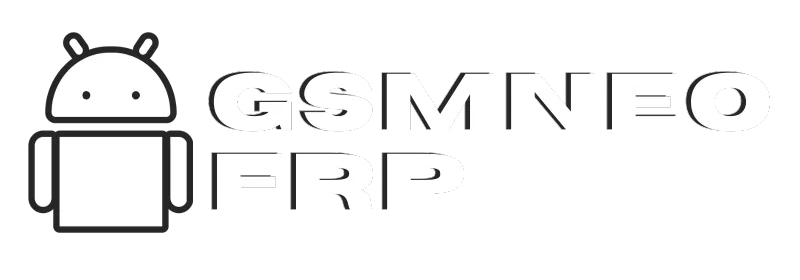How Web3 Is Impacting Modern Web Development
Traditional users of the web are now more apprehensive about data privacy, centralized authority, and non-existent ownership on the internet. Existing web development patterns are insufficient to counter these issues, and users and developers end up with limited control and flexibility.
In that case, Web3 appears, which offers decentralized solutions that bring power back to the user. With all the changes that are taking place with this technology, any web development company keen on its future is being forced to reinvent its game plans and technology stack, and even its design methodologies.
In this blog post, let’s see how Web3 is addressing the major issues of conventional web frameworks and redefining the future of web development.
What is Web3 Development?
Web3 is a third generation of the internet, which, with decentralizing protocols like blockchain, smart contracts, and peer-to-peer networking, was created. Unlike Web2, where the big companies and centralized databases control it, Web3 allows users to own and gain control over the data, take part in the governance process, and communicate directly with decentralized applications (dApps).
These mainly include features such as:
- Decentralization: The platform or data is not controlled by a single authority.
- Blockchain storage: Transactions and data are recorded on public ledgers.
- Smart contracts: Automatic contracts formed based on pre-defined rules.
- Token economies: Users earn or spend digital assets within ecosystems.
Key Problems Web3 Solves in Web Development
Traditional web development faces limitations around data ownership, security, and centralized control. Web3 steps in to solve these challenges by introducing decentralized, user-first solutions.
1. Centralized Data Ownership
Web2 websites maintain data on centralized servers, and hence are prone to breach or single-point failure. Web3 decentralizes data across several nodes, lowering risks dramatically and enabling users to own their data.
2. Limited Transparency
In Web 2, users usually can’t tell what platforms do with their data. With Web3, activities are written to public blockchains, providing transparency into all transactions or interactions.
3. Lack of User Control
Users have little to no influence on platform policies or development timelines. Web3 brings in Decentralized Autonomous Organizations (DAOs) through which users vote on choices and influence the future of the platform.
4. Security Issues
Web2 applications are open to DDoS attacks and data breaches. Web3 applications have smart contracts and cryptographic security that’s much more difficult to compromise or manipulate.
How Web3 Is Changing Web Development Practices
Web3 is revolutionizing the method of building websites and apps by incorporating decentralized technologies into the development cycle. Below are a few important ways Web3 is changing contemporary web development:
1. Decentralized Infrastructure
The conventional web-based development is founded on centralized hosts and servers. They are more likely to use decentralized networks to store and serve content, such as IPFS (InterPlanetary File System) or Arweave, in the case of Web3 applications. This ensures the availability of websites when one server is not available and is not easily censored or manipulated.
2. Smart Contract Integration
Smart contracts are self-governing code on the blockchain that perform contracts and activities without the need for a third party. In Web3 development, they replace backend logic for transaction handling, permission, and workflow. Instead of working on functionality alone, developers now need to work on making sure smart contracts are secure and free of errors, more than likely through languages such as Solidity or Vyper.
3. Token-Based Economies
Web3 brings tokenization into play, and users can earn, use, or hold their digital assets in the guise of utility tokens, governance tokens, or NFTs. Token-based frameworks are applied to reward user behavior, compensate participation, or bestow voting rights in decentralized applications. The platforms are now built by developers such that the user experience is interlinked with blockchain-token-based mechanisms.
4. New Marketing Approaches
As third-party cookies and centralized data collection decline in Web3, marketing must change too. Companies are increasingly looking to digital marketing agency providers who can create community-driven campaigns, administer Discord or Telegram communities, and drive audiences with token rewards or NFT drops. These providers know how to promote in decentralized environments, where transparency and trust outweigh sponsored advertising.
Why Web3 is Important for Web Development Businesses
For any contemporary web development business, embracing Web3 is no longer a choice; it’s a matter of survival. Customers now demand applications that transcend the conventional model, and they anticipate features such as support for digital assets, blockchain transparency, and user control.
Web3 development businesses that are on the bandwagon are:
- Broadening their list of services to include blockchain integration, the development of smart contracts, and NFT platforms.
- Future-proofing their clients’ projects by positioning them with the future decentralized internet.
- Building trust within digital experiences by providing platforms that prioritize transparency and user agency.
Conclusion
Web3 is not just a trend; it’s a paradigm shift revolutionizing the world of web development. By tackling the fundamental concerns around privacy, ownership, and control, it enables both developers and users to build more equitable, safer digital worlds.
For a web development company, the time is now to shift to this new iteration of the web. The shift might be complicated, but the long-term gains, more innovation, trust, and user involvement, are worth it.





